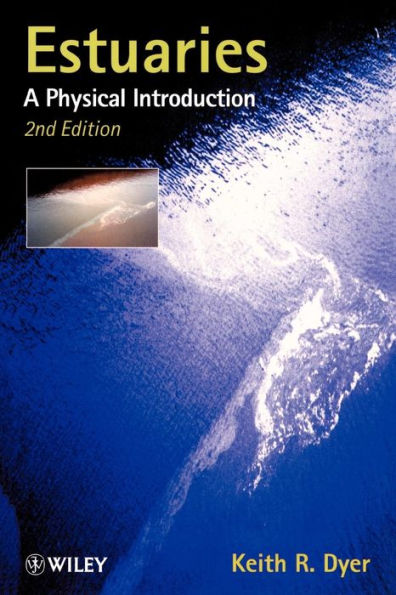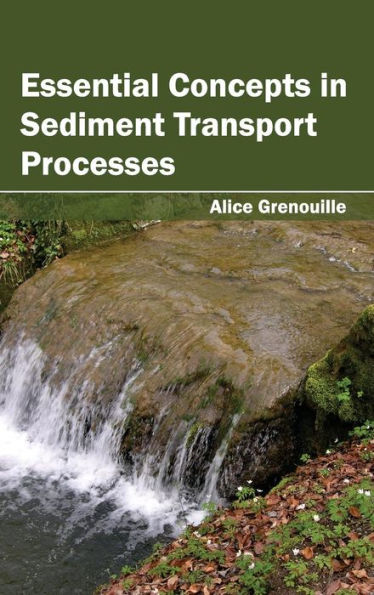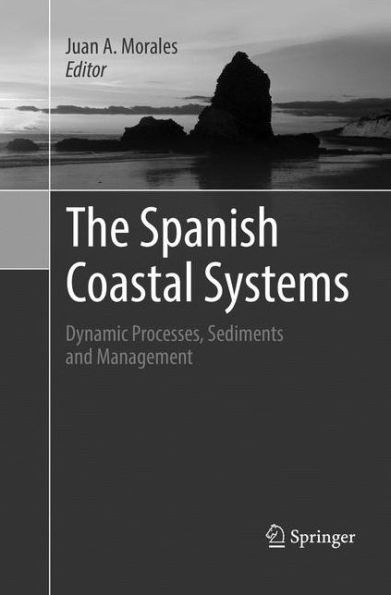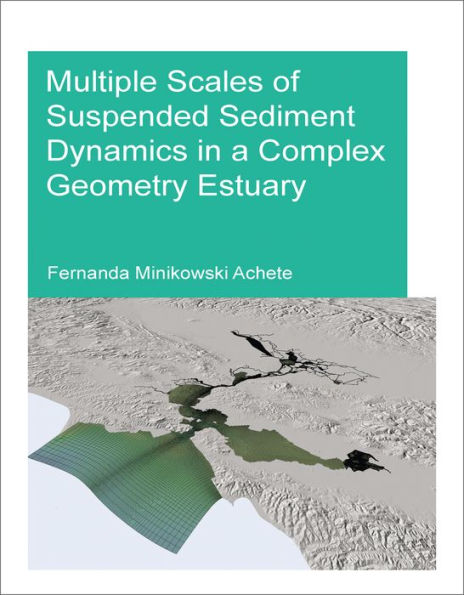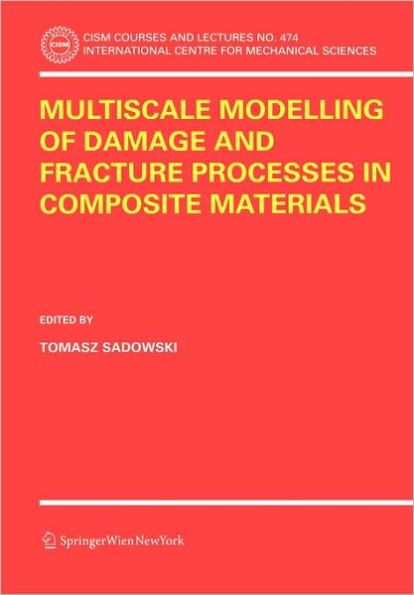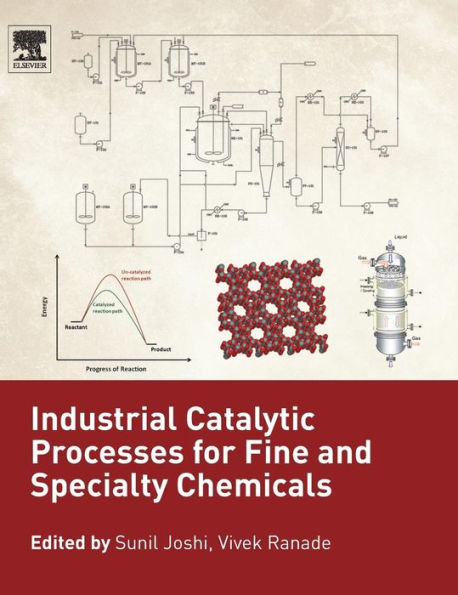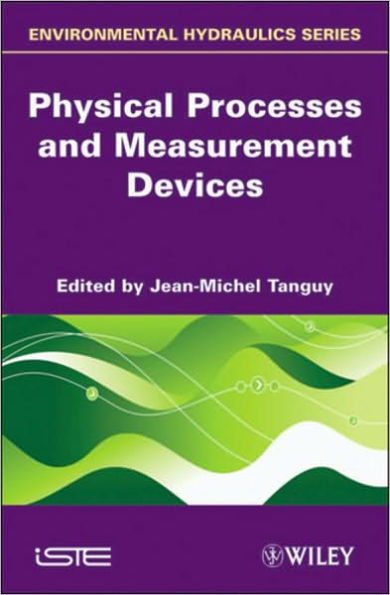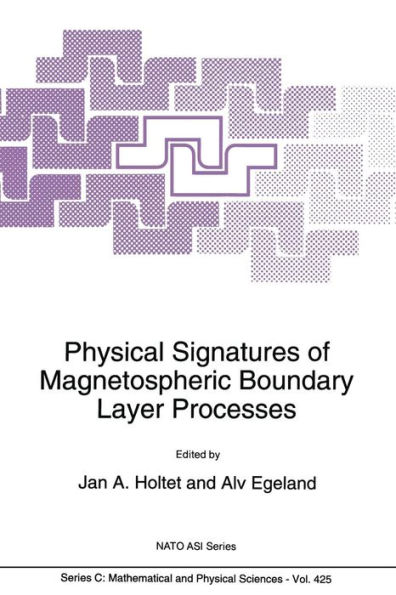Home
Multiscale Physical Processes of Fine Sediment an Estuary
Loading Inventory...
Barnes and Noble
Multiscale Physical Processes of Fine Sediment an Estuary
Current price: $200.00
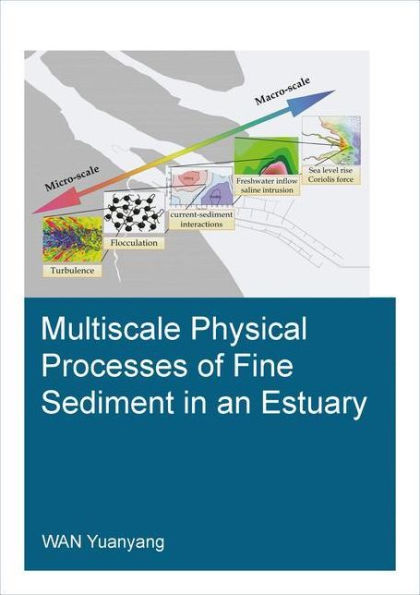

Barnes and Noble
Multiscale Physical Processes of Fine Sediment an Estuary
Current price: $200.00
Loading Inventory...
Size: Hardcover
*Product Information may vary - to confirm product availability, pricing, and additional information please contact Barnes and Noble
Estuaries are natural highly dynamic and rapidly changing systems, comprising a complex combination of physical processes on many different time- and space- scales. The research conducted a systematic study on the topic of fine sediment physical processes in a meso-tidal convergent alluvial estuary. By means of multi-approaches (field survey, laboratory experiment and numerical modeling) and from multi-angles (data-driven analysis and process-based modeling) we highlight that multiscale (including micro- and macro- scale) physical processes jointly characterize the current and sediment regime in a fine sediment estuarine system.
The study presented in this book investigates micro- and macro- scale physical processes of a large-scale fine sediment estuarine system with a moderate tidal range as well as a highly seasonal-varying freshwater inflow. Based on a series of measured, experimented and modelled data, the research highlights that (i) along-channel fresh-salt gradient near an estuarine turbidity maximum zone is a key parameter controlling local density stratification and sedimentation in the channel; (ii) the salinity-induced baroclinic pressure gradient forces are a major factor impacting internal velocity and suspended sediment concentration (SSC) structures; (iii) vertical profiles of current, salinity and SSC within a river plume are dependent on a correct prediction of the development of turbulence; (iv) both suspended particulate matter availability and local residual flow regime are of critical importance for trapping probability of sediment and the occurrence of fluid mud; (v) river discharge impacts the horizontal and vertical distribution of residual current; (vi) seasonally varying wind effect alters the residual currents near the riverine limit; (vii) seasonally varied mean sea level and wind climate jointly shape the saltwater intrusion length near the estuarine front.
The study presented in this book investigates micro- and macro- scale physical processes of a large-scale fine sediment estuarine system with a moderate tidal range as well as a highly seasonal-varying freshwater inflow. Based on a series of measured, experimented and modelled data, the research highlights that (i) along-channel fresh-salt gradient near an estuarine turbidity maximum zone is a key parameter controlling local density stratification and sedimentation in the channel; (ii) the salinity-induced baroclinic pressure gradient forces are a major factor impacting internal velocity and suspended sediment concentration (SSC) structures; (iii) vertical profiles of current, salinity and SSC within a river plume are dependent on a correct prediction of the development of turbulence; (iv) both suspended particulate matter availability and local residual flow regime are of critical importance for trapping probability of sediment and the occurrence of fluid mud; (v) river discharge impacts the horizontal and vertical distribution of residual current; (vi) seasonally varying wind effect alters the residual currents near the riverine limit; (vii) seasonally varied mean sea level and wind climate jointly shape the saltwater intrusion length near the estuarine front.
